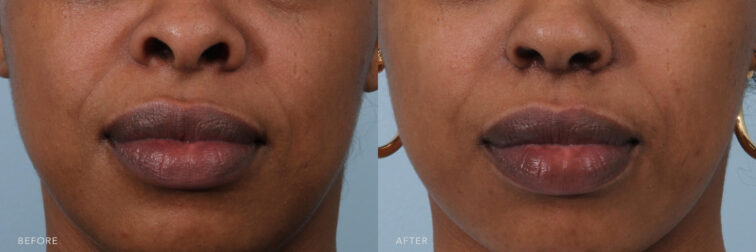A poorly defined nose tip is one of the most common reasons why patients seek rhinoplasty.
Reshaping the nose tip at the Plastic Surgery Center at Williams can help patients with what they often refer to as a bulbous tip, thick tip, full tip, or a wide tip of the nose.
When a surgeon is advising or counseling a patient, they focus on maintaining a nasal tip width that is aesthetically pleasing and symmetrical.
The light reflex lines maintain the same width, but slightly diverge to the area referred to as the tip-defining point.
In a patient who has a bulbous tip, the upper part of the nose may be narrow, and the lower part of the nose may be very wide and bulbous.
A lack of definition or tip refinement in the lower third of the nose is not always aesthetically pleasing in a female patient, which is why many women ultimately pursue rhinoplasty for nose tip reshaping.
This first step in the rhinoplasty process is to seek a consultation with an experienced, specialized surgeon who can examine the inside of the nose, the outside, and the skin thickness — which is important since patients may have very thick skin that limits reshaping of the nasal tip.
Most surgeons use a cartilage-sculpting technique to remove cartilage where the tip is very bulbous.
This is where it becomes exceptionally important to select a plastic surgeon who is board-certified and an expert in rhinoplasty.
It is critical to not overdo cartilage removal or the attempt at tip refinement during a rhinoplasty. This ultimately results in a very narrow tip and, in most cases, difficulty breathing and/or lack of support to the tip of the nose.
A very experienced plastic surgeon will naturally take this into consideration during the nose tip reshaping process.
